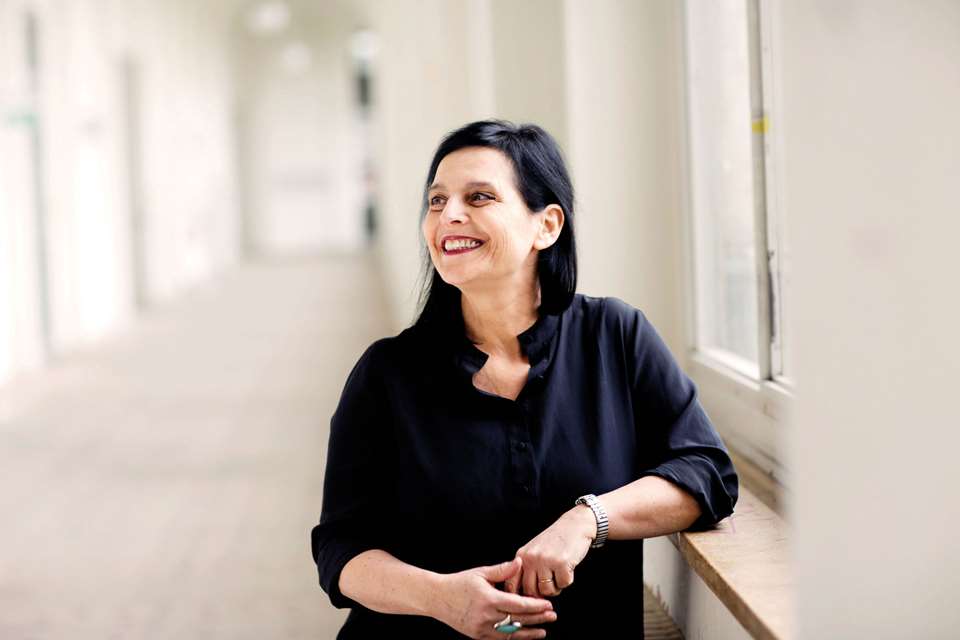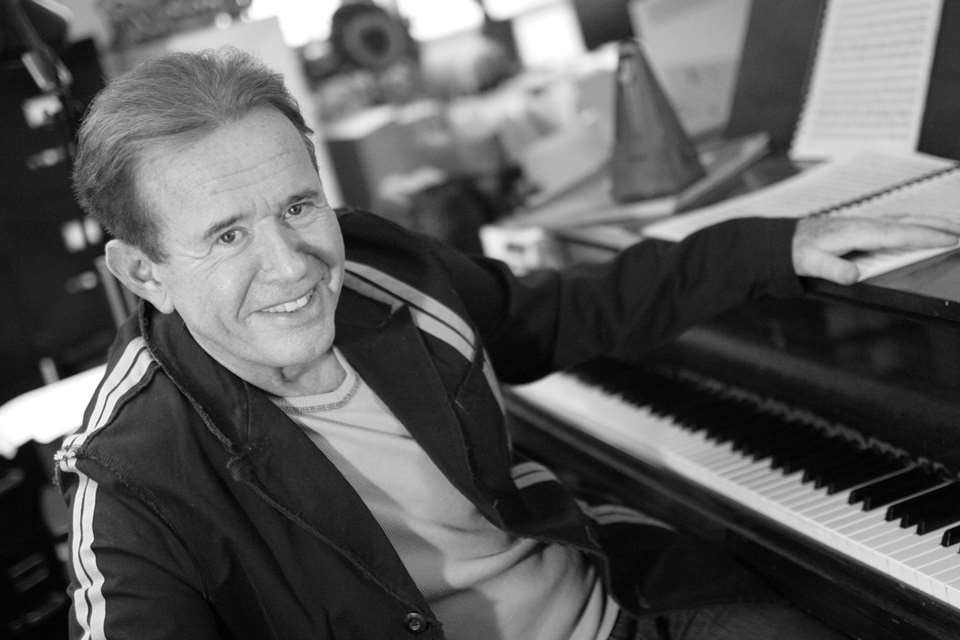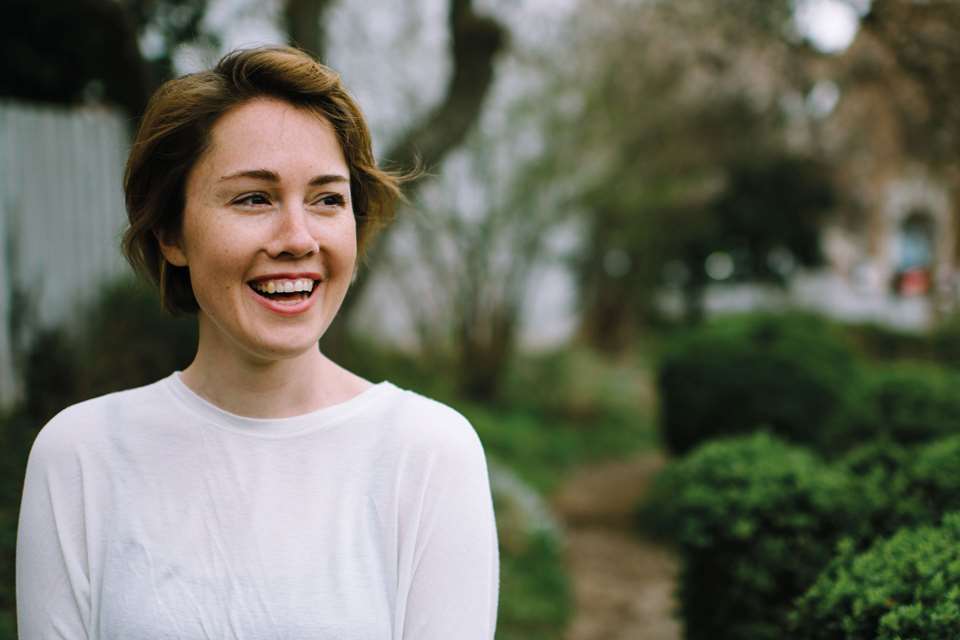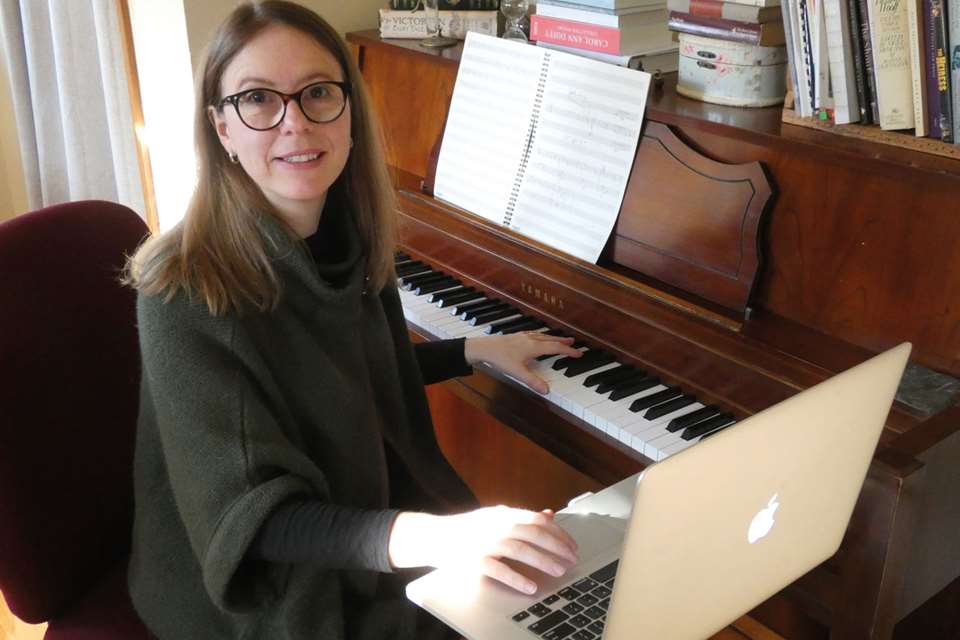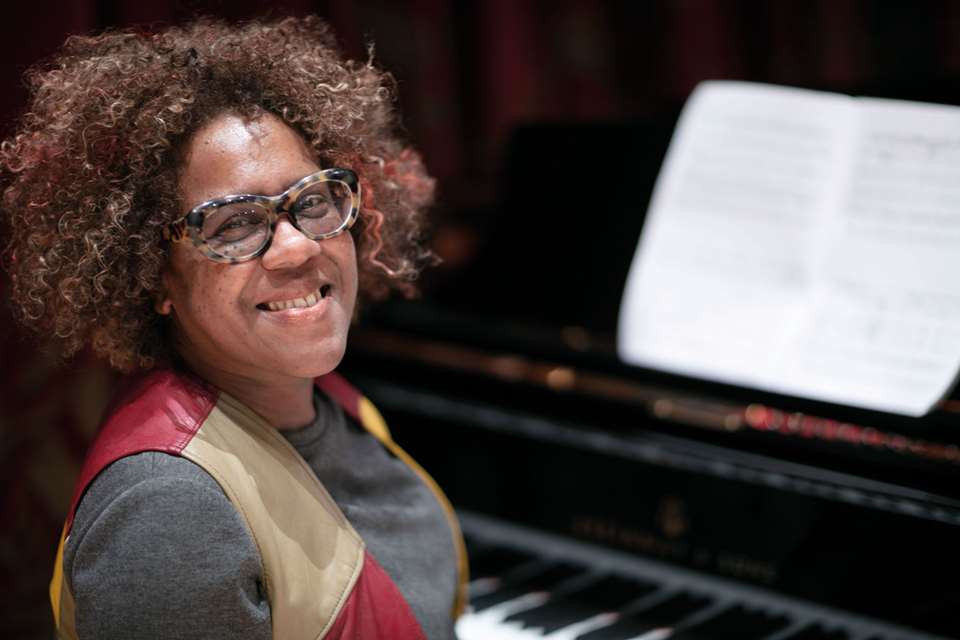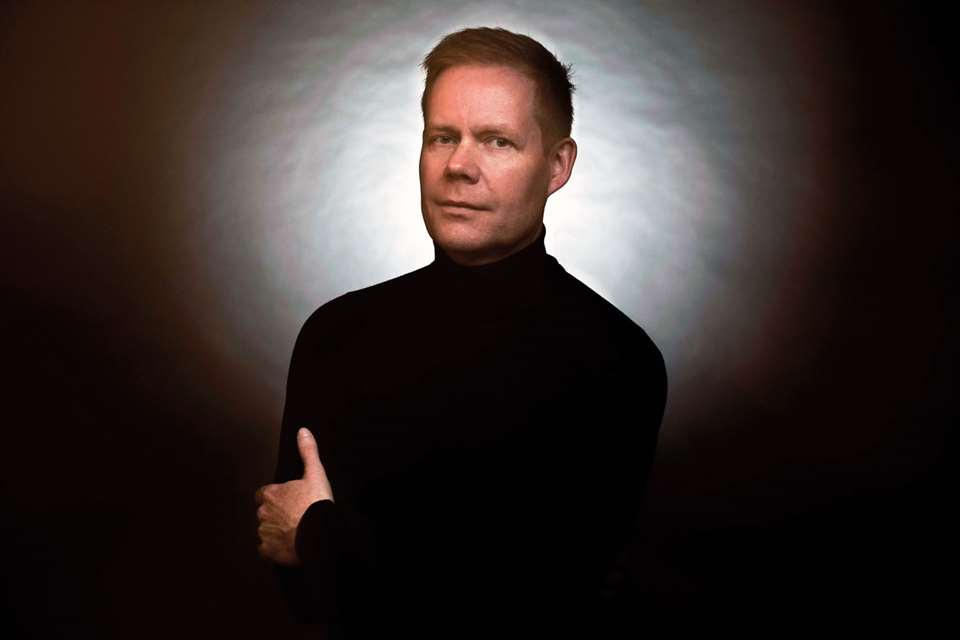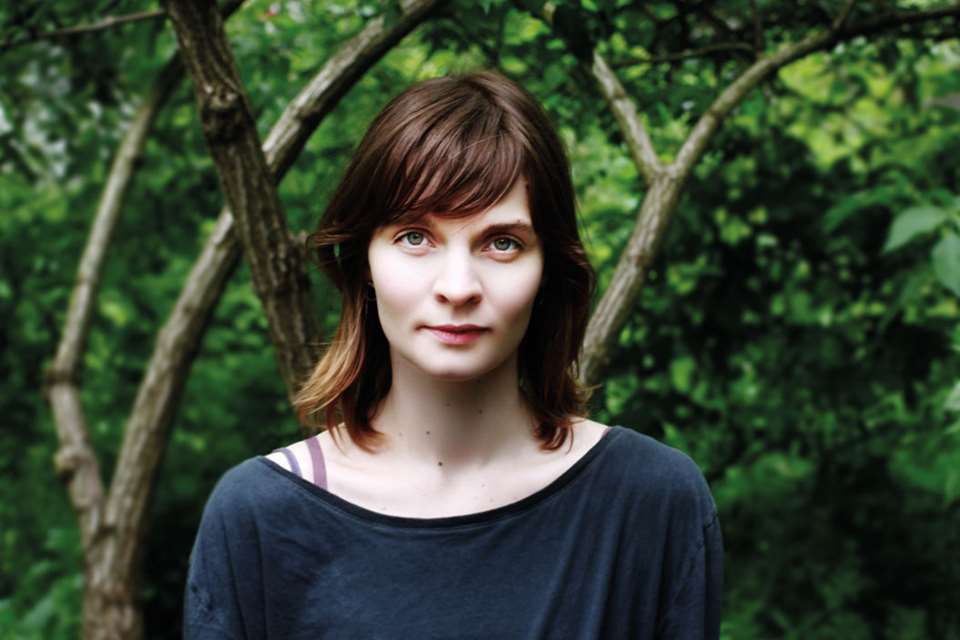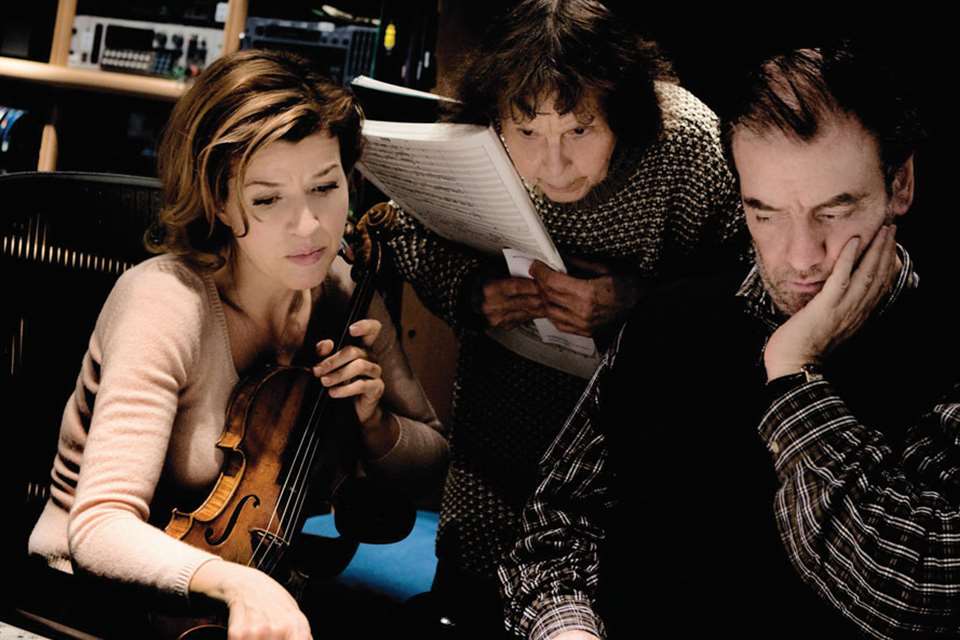Contemporary composer: Lotta Wennäkoski
Andrew Mellor
Monday, April 22, 2024
Clarity and colour are key in the music of this Finn who has a penchant for orchestral forms such as the concerto
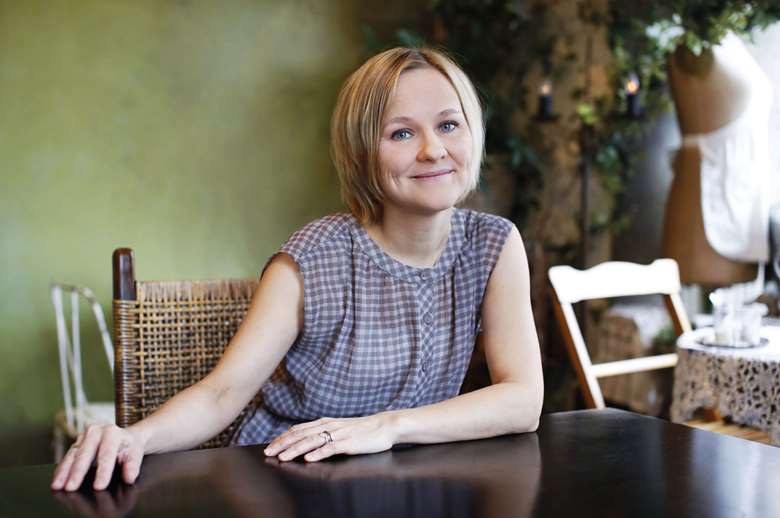
Register now to continue reading
Thanks for exploring the Gramophone website. Sign up for a free account today to enjoy the following benefits:
- Free access to 3 subscriber-only articles per month
- Unlimited access to our news, podcasts and awards pages
- Free weekly email newsletter




